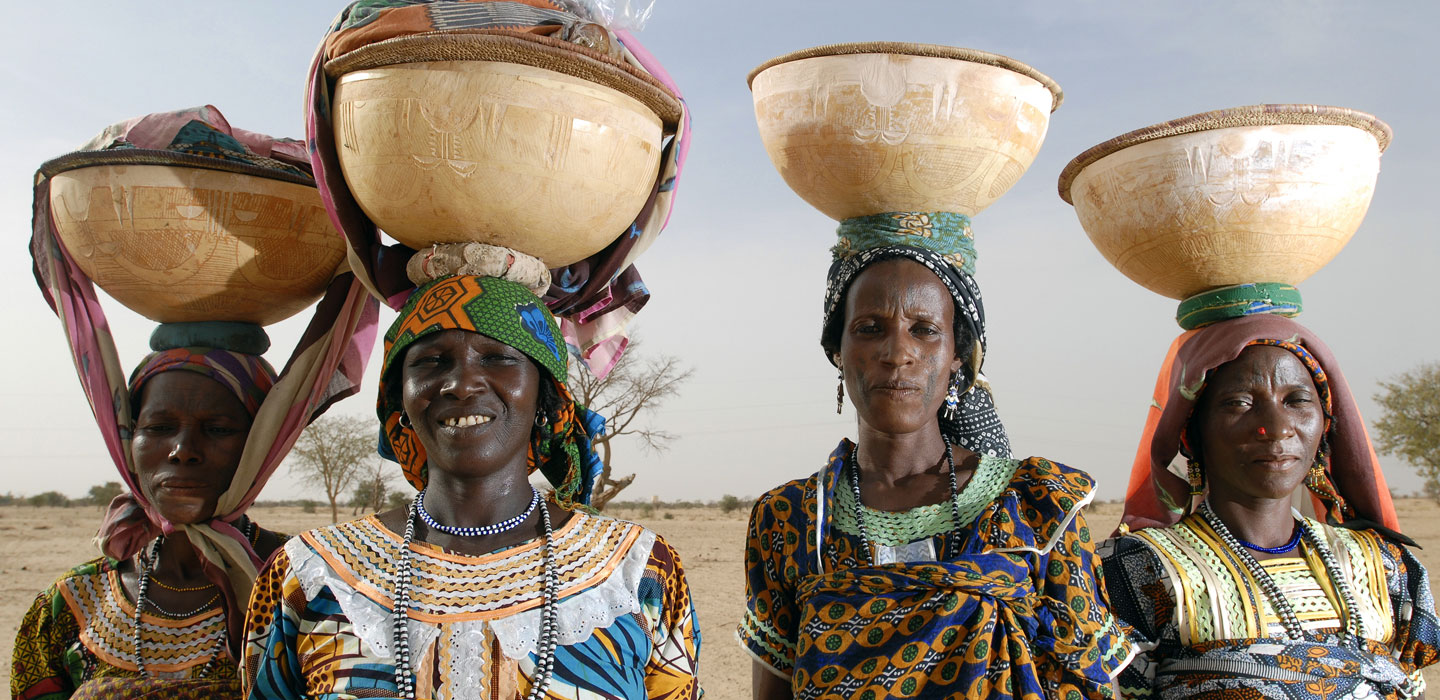Tools and guidelines
الأدوات والإرشادات

الأدوات والإرشادات
عرض القائمة
Search Results Filters
نتائج البحث
Toolkit: Reducing rural women’s domestic workload through labour-saving technologies and practices
Lessons learned: Reducing women’s domestic workload through water investments
There is a recognized need in the water sector for more accurate data on access to water in terms of the distance travelled and the time needed to collect water to meet all household needs, and who or what combination of people are involved in water collection.
How to do note: Reducing rural women’s domestic workload through labour-saving technologies and practices
This How To Do Note looks at the opportunities provided by labour-saving technologies and practices for rural women in the domestic sphere. The purpose is to inform IFAD country programme managers, project teams and partners of proven labour-saving methods available to reduce the domestic workload and how they can best be selected and implemented – to help promote equitable workloads between men and women and contribute to poverty eradication.
Lessons learned: Pastoralism land rights and tenure
Toolkit: Digital financial services for smallholder households
How to do note: Public-private-producer partnerships (4Ps) in Agricultural Value Chains
This HTDN provides guidance for project design teams on how to design a 4P component and how to support the implementation of 4Ps within IFAD-funded projects.
It builds on findings and lessons learned from previous IFAD-supported projects, as summarized in the 2013 report, IFAD and Public-Private Partnerships: Selected Project Experiences, and the Institute of Development Studies (IDS)/IFAD publication, Brokering Development: Enabling Factors for Public-Private-Producer Partnerships in Agricultural Value Chains.
This HTDN begins by defining the 4P and related concepts and then analyses the basic elements that need to be considered when designing and establishing a 4P followed by recommendations for the implementation of 4Ps.
How to do note: Digital financial services for smallholder households
can especially benefit from mobile phone platforms, which offer immediate, safe access to government subsidies, cash transfers and remittances. The messaging features of mobile phones can complement digital financial services (DFSs) by offering timely information on weather conditions, farming tips, market
prices and potential buyers, which can help increase farming yields and profitability.
Lessons learned: Digital financial services for smallholder households
provide a platform for credit and insurance, without smallholders having to visit a bank branch. Mobile phones can also bridge information asymmetries by offering weather forecasts and real-time market prices, which can improve the ability of farmers to prepare and respond to inclement weather and price fluctuations.